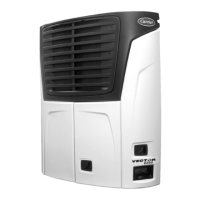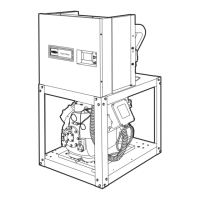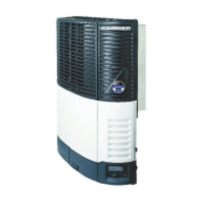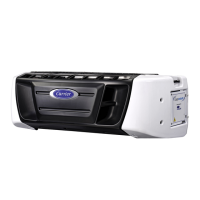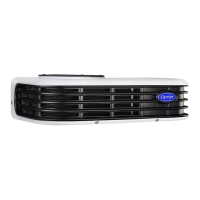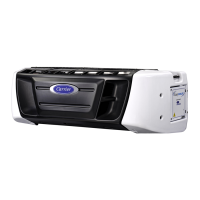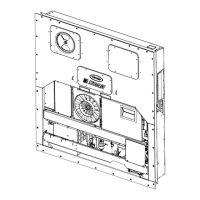62-61753-21
7.6 WARNING / STATUS ALARMS
51 ALTERNATOR (BATTERY CHARGER) NOT CHARGING
TRIGGER-ON: Unit is running on either engine or standby and there is a current flow of more than
1.0 amp (discharge) between the battery charger and the battery for 3 continuous minutes.
UNIT CONTROL: Engine operation: alarm only or (if Alternator Check Shutdown Configuration
is set to YES (configured for shutdown) engine and unit shutdown and
alarm.
Standby operation: alarm only regardless of Configuration setting.
RESET CONDITION: Auto Reset (if not shut down) when alternator is charging or change unit to
standby operation or alarm may be manually reset via keypad or by turning the unit off, then back on
again.
NOTE: Follow the steps below until a problem is found. Once a repair or correction has been made, the active
alarm should clear itself (refer to reset condition above). Operate the unit through the appropriate modes to see if
any active alarm occurs. Continue with the steps below as necessary.
Check Microprocessor Current Sensor
a. Check microprocessor current
value.
Power up microprocessor, refer to Note 2, page 7-2.
Must be -2.0 to 1.5A with no load.
Check Wire Direction Through Current Sensor
a. Visually inspect wire at current
sensor.
Must go through current sensor in the direction of the
arrow on the sensor toward the F-5 (80A) fuse.
Check Battery Charger Wiring
a. Check output & ground wire (unit
OFF.)
Negative lead on Ground terminal
Positive lead on Output terminal = same as battery
voltage.
b. Check battery charger input.
Must be within voltage limits shown in Section 2.11.
Must be between the two red Wires.
c. Inspect harness & control box
connector pins & terminals. (See
wiring schematic Section 10.)
No physical damage to harness.
No damaged or corroded pins.
d. Check output and ground wire
voltages (unit running.)
When the unit is started, battery voltage at the battery
will begin near 12.0 VDC, and slowly rise toward
13.5 VDC as the battery charges.
NOTE: Do not test for voltage at the output connector
of the battery charger without the connector being con-
nected to the battery. Without the battery connected
any reading will be very inaccurate. (Refer to Section 8
for more information on checking battery charger.)
Check For Add-on Equipment Drawing Excessive Current
a. Check amperage of added-on
components & accessories.
Total of all add-on components & accessories must
draw less than 20 Amps.
a. Clear Active Alarm list, then run
Pretrip & check for any new
alarms.
Any active alarms must be corrected and cleared be-
fore proceeding.
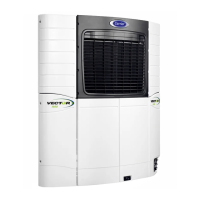
